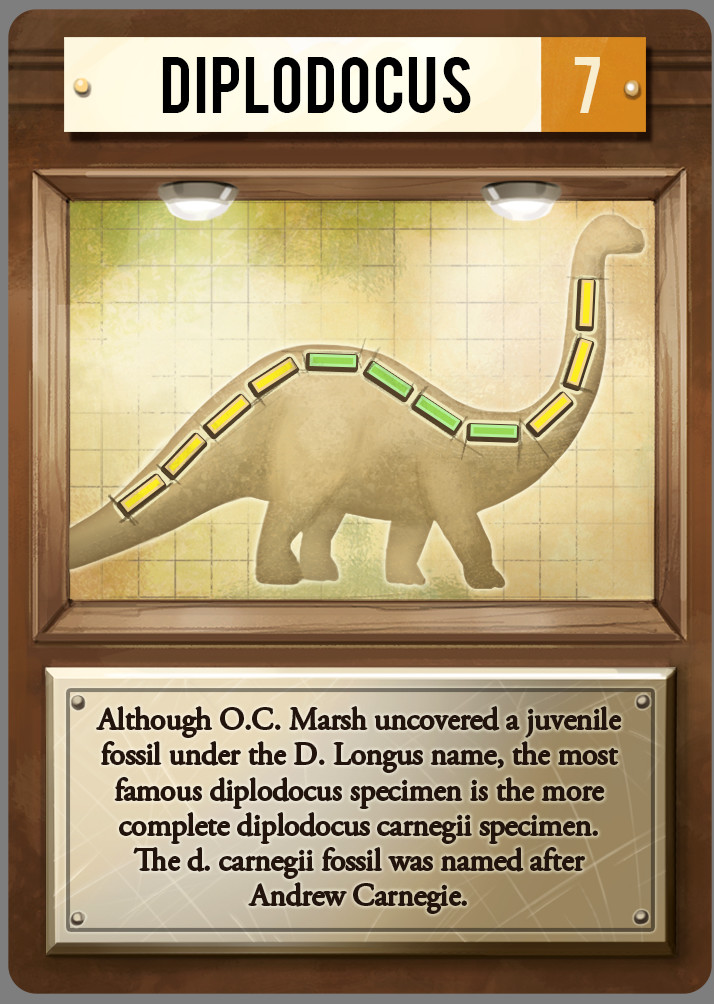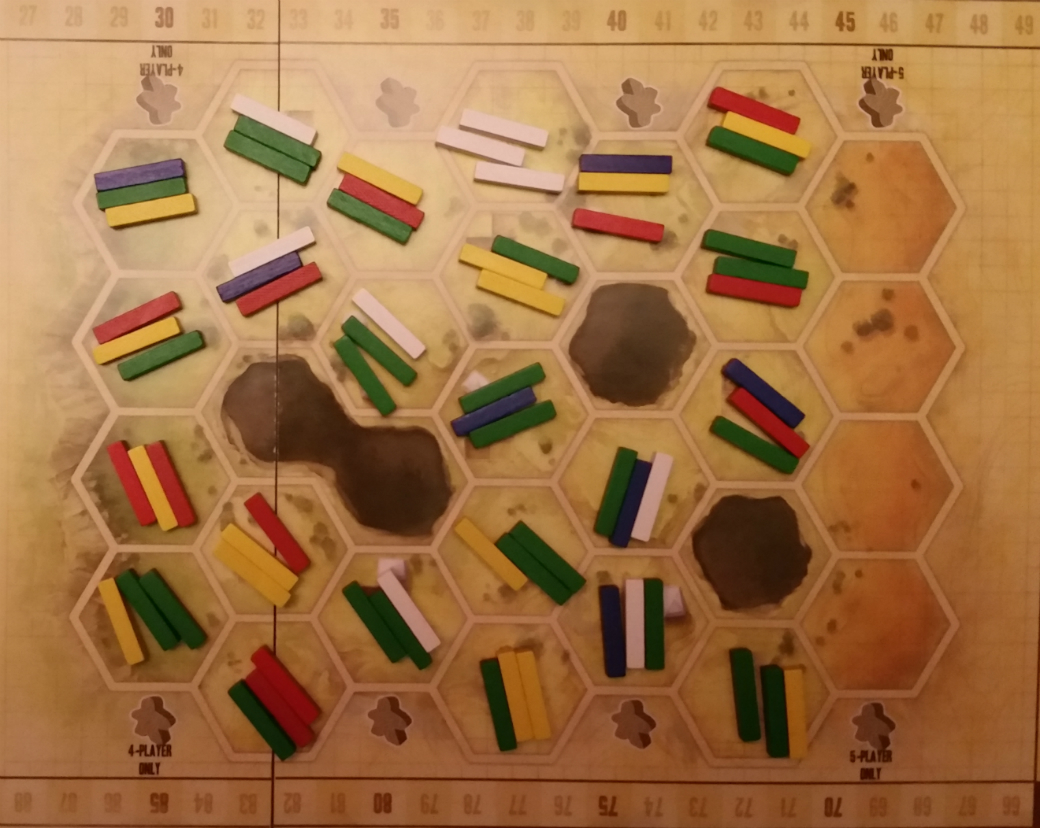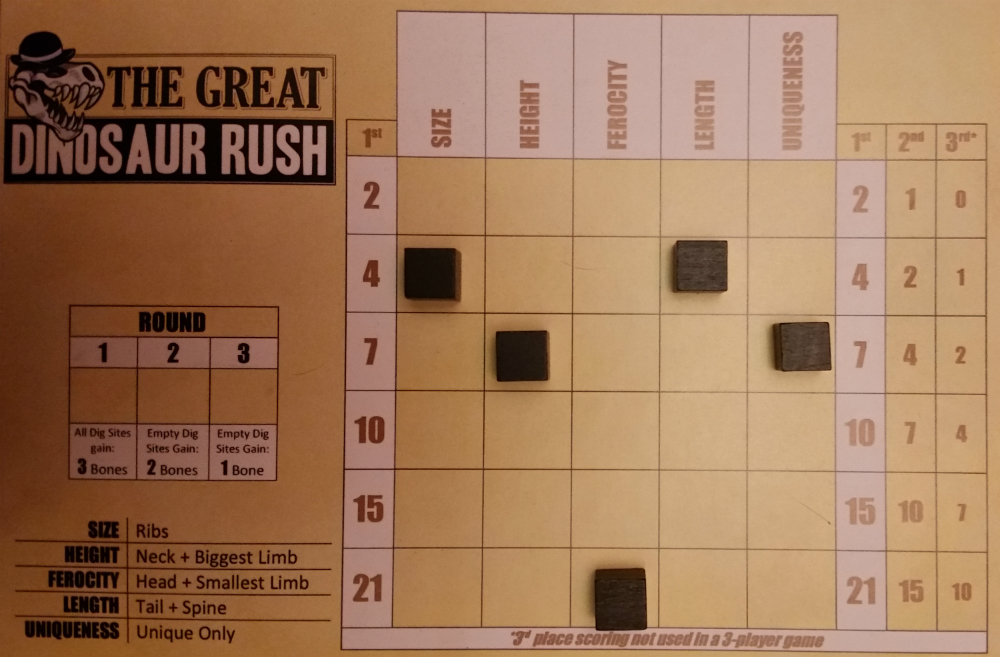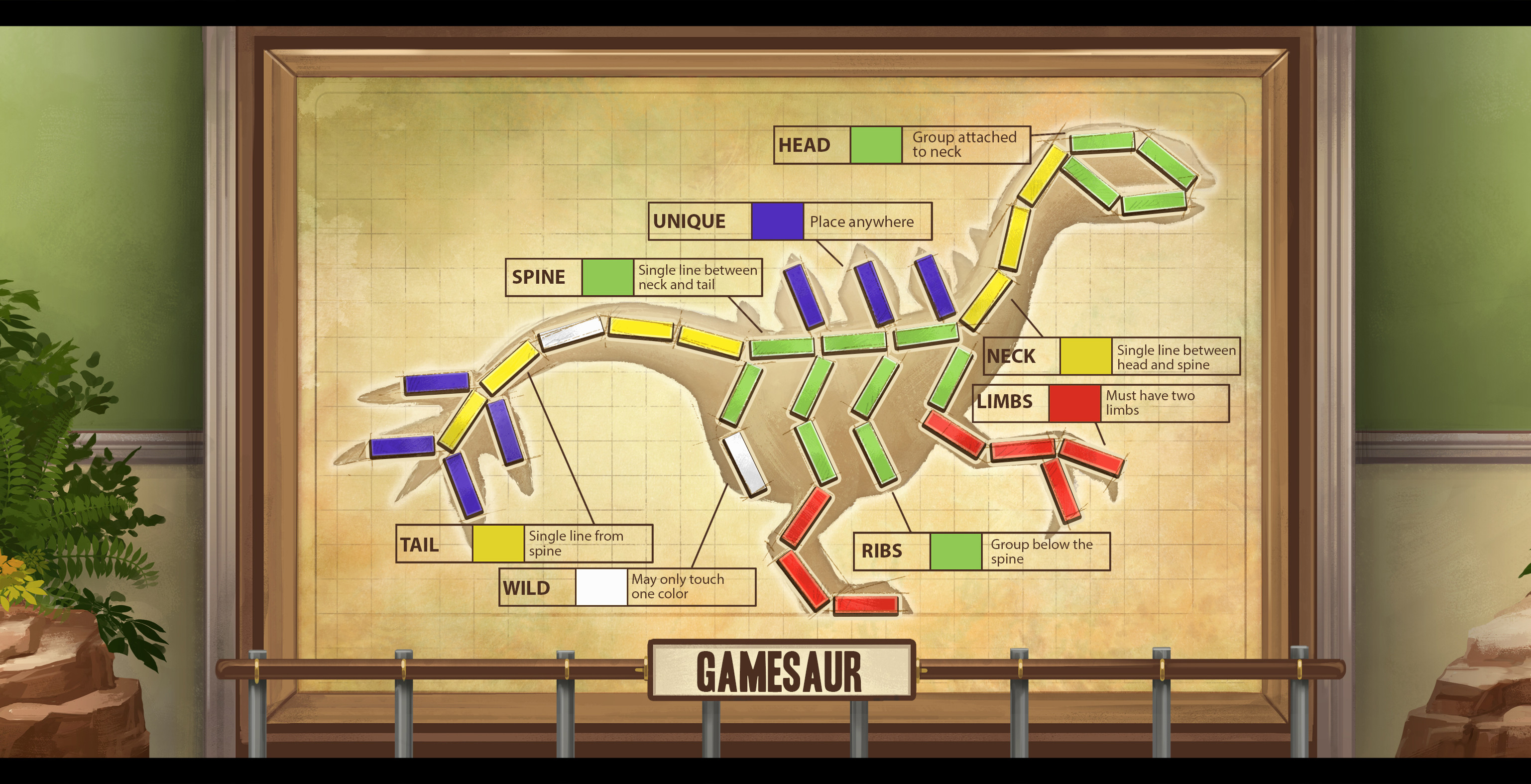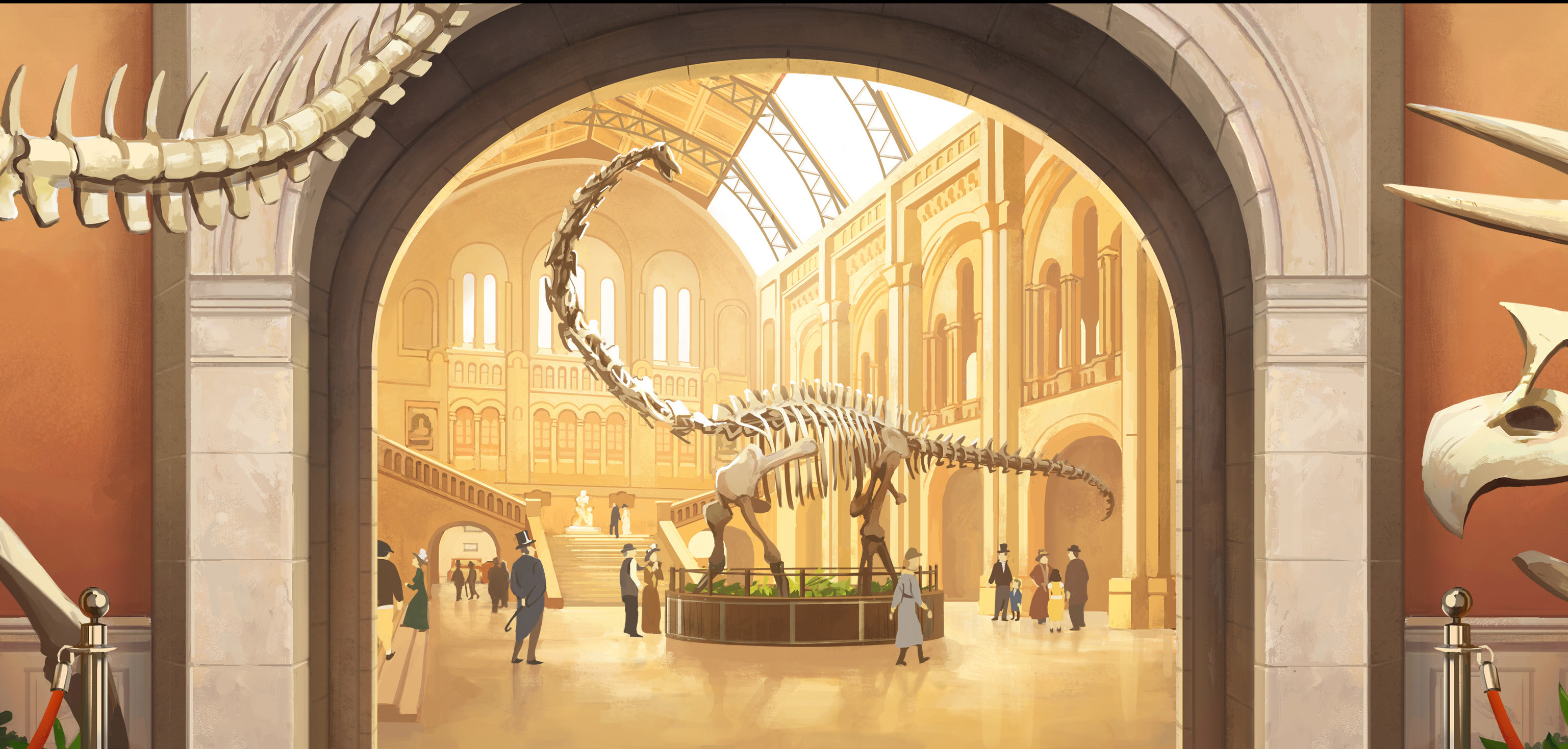There are certain topics that, as a kid, seem to resonate on an almost instinctual level. Certain topics have the ability to engage our curiosity, captivate our interest, and spur on that insatiable desire to learn more about the world around us. The possible subjects a young mind will grab on to are innumerable, but there’s always a handful of that seem to be of constant fascination. Among these include the ancient thunder lizards – the dinosaurs – who once roamed the Earth long before our mammalian ancestors won the “Who Can Outrun The Asteroid?” race.
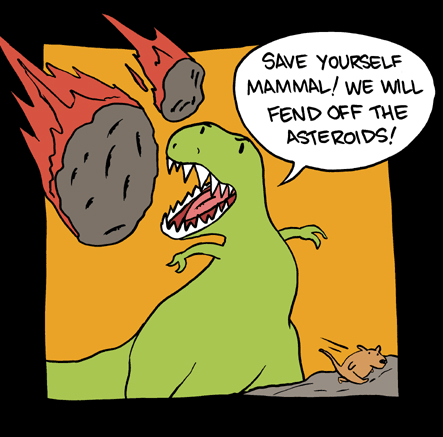 Dinosaurs simply astound us on a base level, and it’s no surprise why we’re drawn to them during the wonder years of childhood. There’s something fascinating about unfathomably large creatures who not only used to dominate this planet but whose existence was so long ago it’s often difficult to fully comprehend their existence on a scale of time. Even at the end of their reign, some 65 million years ago, ferns as the dominant plant species had already become passe, India was just floating around the ocean, and General Hospital was only 6 months old. That’s old, people.
Dinosaurs simply astound us on a base level, and it’s no surprise why we’re drawn to them during the wonder years of childhood. There’s something fascinating about unfathomably large creatures who not only used to dominate this planet but whose existence was so long ago it’s often difficult to fully comprehend their existence on a scale of time. Even at the end of their reign, some 65 million years ago, ferns as the dominant plant species had already become passe, India was just floating around the ocean, and General Hospital was only 6 months old. That’s old, people.
Yet prior to the mid 1800’s, humans had almost no knowledge of the existence of dinosaurs at all.
While occasional fossils had been found here and there over the centuries, it wasn’t until the latter half of the 19th century where the whole field of paleontology took off in earnest – particularly in the 1870s and 80s. This was in no small part to a pair of male palentologists who financed and led dozens of expeditions into the American West.
Don’t expect any scholarly collaboration here though; those two men hated each other and did whatever they could to undermine one another, including bribery, thievery, slander, and sabotage. We’re talking full blown Stark-Lannister animosity.
So although the Bone Wars ultimately proved scientifically beneficial and ignited the public’s love of dinosaurs, it also tarnished many reputations in the process and left both men financially ruined.
Bet you didn’t read any of that in your dinosaur books growing up.
Thankfully, a new option has been unearthed that’ll allow you to experience all of the Bone War’s scandal-laden glory without getting your own hands too dirty. Welcome to The Great Dinosaur Rush, the latest game by APE Games and designer Scott Almes!
In contrast to the stark reality of the source material, The Great Dinosaur Rush is a relatively light affair with just three rounds of gameplay and clocking in around 45-60 minutes. That, however, doesn’t stop the game from going full bore into embracing its theme – and players are all the better for it.
The Great Dinosaur Rush starts out (as one would expect) with a bunch of dinosaur bones. Each player begins with seven bones, separated into three different colors. These comprise your starting skeleton and represent parts of the dinosaur. You know, stuff like the head, tail, feet, etc.
This pile of bones is incomplete though, at least according to a pair of Bonus cards that you’ll also receive at the start of the game. Bonus cards provide guidance as to the type of skeletons you may want to construct over the course of the game. Building towards one or more Bonus card structures isn’t a requirement, but they provide extra points when completed and can penalize you if you don’t. (Think the Route cards from Ticket to Ride.) As such, they’re often in your best interest to at least try. Moreover, every Bonus card reflects actual dinosaurs that were discovered during this time period. So if you’re not careful, you may just learning something.
To get more bones, you must venture around the game’s central board, the Badlands. The methods used to attain them, however, will be largely up to you.
At the start of the game the Badlands are a very unspoiled place, and every space on the board is randomly filled with three bones. Most will match the three primary colors of your starting bones (Green, Yellow, and Red), but two others also exist for discovery: Blue and White. Blue bones are unique and help score extra points, whereas White bones act as wild pieces, allowing you to increase the size of your prospective dinosaur and can potentially fill in missing gaps in your dinosaur requirements. They’re like the frog DNA from Jurassic Park, except that they make more sense.
Each of the game’s three rounds play largely the same, with each player getting three turns per round. On your turn, you first collect any bones on your spot – the reward for a successful dig – before moving off in straight line to any other spot.
Next, you must Publicize, which involves adjusting one of the five Museum Tracks up or down. The Museum Tracks represent museum demand for your type of dinosaur and are used at the end of the round to judge and score different aspects of your dino. The further down the track, the more points those are worth.
The catch is, with limited options, time, and resources, it’s impossible to dominate every category. You’ll frequently be faced with the decision of whether to advance a track that will help your agenda or scale one backwards to foil your opponents instead. Because every player has a direct hand in the Museum Track, expect there to be a slight bit of gamesmanship at work – especially in the latter rounds and with more players.
Hey, it was called the Great Dinosaur Rush for a reason.
The continual manipulation of the Museum Track also makes it one of the key aspects to why the game works particularly well. The Great Dinosaur Rush thrives because it encourages you to interfere and impede one another but does so without undermining its otherwise amiable family style game. Dinosaur Rush gives you a little room to be antagonistic without making the leap into overt conflict.
Finally, you then take one of six actions. Half of these actions are simple, such as drawing a new Bonus card or adjusting the Museum Track a second time. The other three actions are more powerful, such as stealing a bone from an adjacent space – even if there’s someone standing on it – or dynamiting the space you’re in, thus destroying the bones on that spot in exchange for drawing three randomly from the pool. Stealing, sabotage, and indiscriminate bomb chucking aren’t what you would call ethical…or legal…so whenever you take one of these actions you also receive a Notoriety Token. These tokens diminish your reputation in the scientific community and may be worth negative points at the end of the game. That said, with only nine actions to take per game, they quickly become alluring and even necessary. Not only does this provide players with decision-making tension each turn, but it also reinforces the notion that in The Great Dinosaur Rush, scruples take a back seat to defeating your heated rivals.
Also, did you hear what he said about you? Most uncouth indeed…
After everyone has taken their three turns, players put all of their bones to good use by physically building their dinosaur in secret. There are a handful of requirements that every dinosaur skeleton must have, but aside from these restrictions you’re able to construct your dinosaur however you see fit. So long as it meets the requirements, it doesn’t matter if your creature looks like a Triceratops or a giant chicken; you can be as creative as you wish. Through this, The Great Dinosaur Rush proves that an abstract building mechanic can coexist alongside strategic gameplay. What’s more, this game incorporates that building into its theme with minimal effort.
Once everyone is done, the skeletons are revealed. Here, players compare winners of each of the categories and score points appropriately, such as Length, which is a combination of the Tail and Spine sections. After every category has been scored, the next round begins. Successive rounds become progressively more difficult due to fewer resources being replenished. This drives up scarcity, making it even more difficult to resist using Notoriety-generating actions – while also increasing player interaction. Don’t be surprised by the end if everyone is undermining one another for some kind of advantage.
After three rounds, the game ends with players tallying up the final scores. The person with the highest Notoriety has drawn the most attention towards themselves for their levels of, shall we say, unconventional methods of behavior, and those points count against their score. Everyone else adds their Notoriety their score instead, and the person with the highest score emerges as the victor of the Bone Wars.
Make no bones about it: The Great Dinosaur Rush is a splendid example of game design that is familiar enough to be easily learned while still finding ways to tread into new territory. In the case of this game, it mixes light Euro-style decision-making with a tactile and even playful hands-on quality – two aspects rarely found together in the same game, let alone interwoven to any great success. Indeed, The Great Dinosaur Rush digs up two seemingly disparate ideas and fuses them together in a wonderfully thematic way.
The game undoubtedly rewards you for making strategic choices over which bones to grab and how to construct various parts of your dinosaur each round, but the game’s true entertainment value and longevity is the fun that comes from constructing your own dinosaur every round. While The Great Dinosaur Rush is on the lighter end of the complexity scale, making it ideal as a good family or casual game, its ease of play, physical building aspects, and underutilized premise give it a much wider appeal with little effort. Consequently, if any of its pieces sound intriguing, you can do some more digging of your own over on the game’s Kickstarter. Dynamite not required.
[sc:Preview-Sealer ]
Photo Credits: Great Dinosaur Rush cover and artwork by APE Games; Comic by SMBC.

